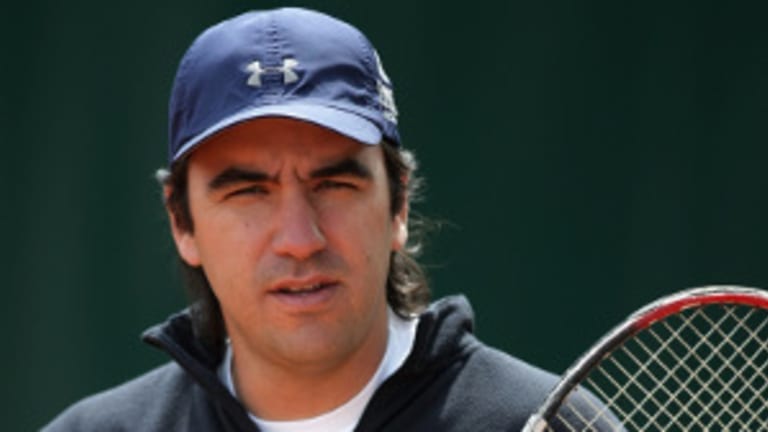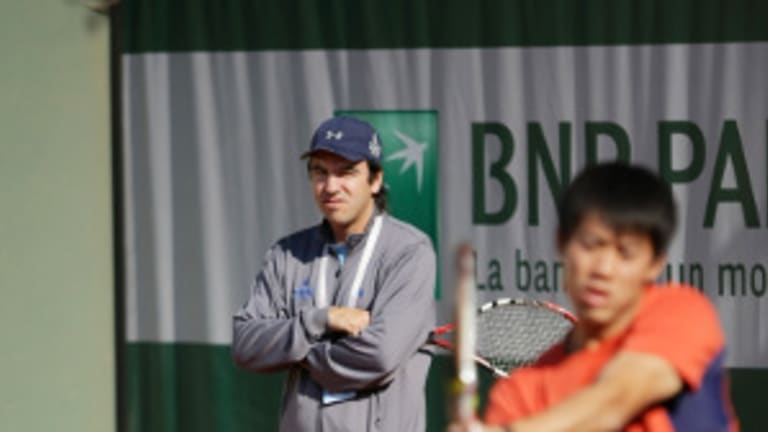“I saw a lot of room for improvement,” Bottini told me the other day, as he looked back upon his start with Nishikori. At the time, Bottini was one of the hitting pros at the IMG Academy, where Japan’s Nishikori has been training since the age of 14.
“His talent was obvious, but I felt Kei needed to do some hard work to become stronger,” Bottini says. “Kei has been doing it, getting better in all aspects of them game. This year he grew a lot, he became a lot more mature.”
Ironically, the first win Nishikori logged when he and Bottini first ventured out as a team was in Chennai, the first event of 2011, over . . . Marin Cilic—the Croatian who beat Nishikori for the U.S. Open title less than two weeks ago.
At 5’10” and 150 lbs., Nishikori qualifies as small in a game increasingly dominated by six-foot-plus power hitters. Bottini wanted him to work on his strength and fitness. Nishikori focused on training at the elaborate facilities at the academy, and this year he’s also worked with strength coach Ken Matsuda, who’s helped numerous pros, including Maria Sharapova.
“For me, Kei isn’t that small,” Bottini says. “He’s different from a typical small guy because he’s just a great athlete who can take the ball earlier than the other guys. He doesn’t have to put much effort into his shots because his timing is good. And he’s always balanced and in a good position to hit the ball. Some of that is just genes, not anything you can practice. Kei has beautiful genes.”
Nishikori himself knew before this year that he needed to get stronger, but serial injuries had prevented him from building a consistent, lasting base. In truth, Nishikori was also a little skittish about injuries.
“Maybe a little bit of Kei’s problem with injuries was mental,” Bottini conceded. “He didn’t really know how to deal with pain and injury. But he had some very long matches this year, against guys like David Ferrer (Madrid) and Roger Federer (Miami), and then at the U.S. Open. He dealt with those challenges much better, with a different mindset.
“His attitude now is, ‘Okay, I’m having pain, but I think I can deal with it.’ He knows his body better. He knows the difference between pain and injury, and how much he can push himself. Also, because he’s stronger physically he’s become mentally stronger and more able to withstand pain than before.”
In addition to being stronger and tougher, Nishikori has improved his serve. When he started working with Bottini, he was inclined to toss the ball and to wait for it to come down, ultimately addressing it with a long swing. Since then, he’s tightened up the motion and changed the toss. “We’re getting him to toss the ball and then go up and get it,” Bottini said. “To be aggressive with it.”

